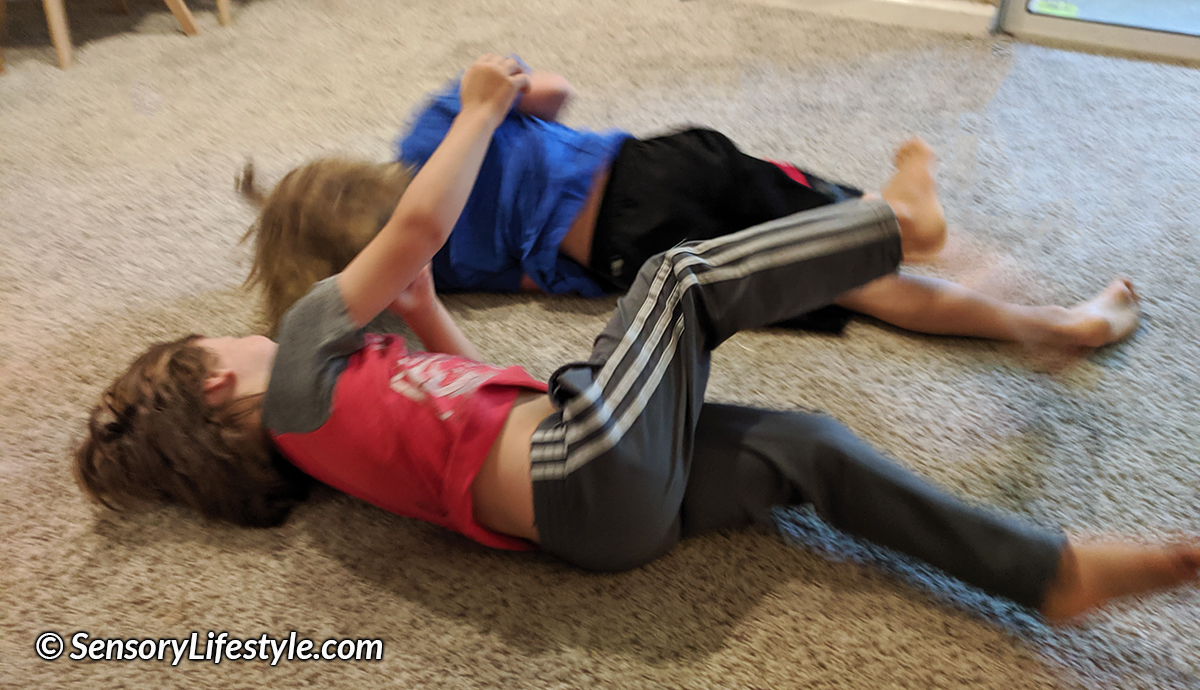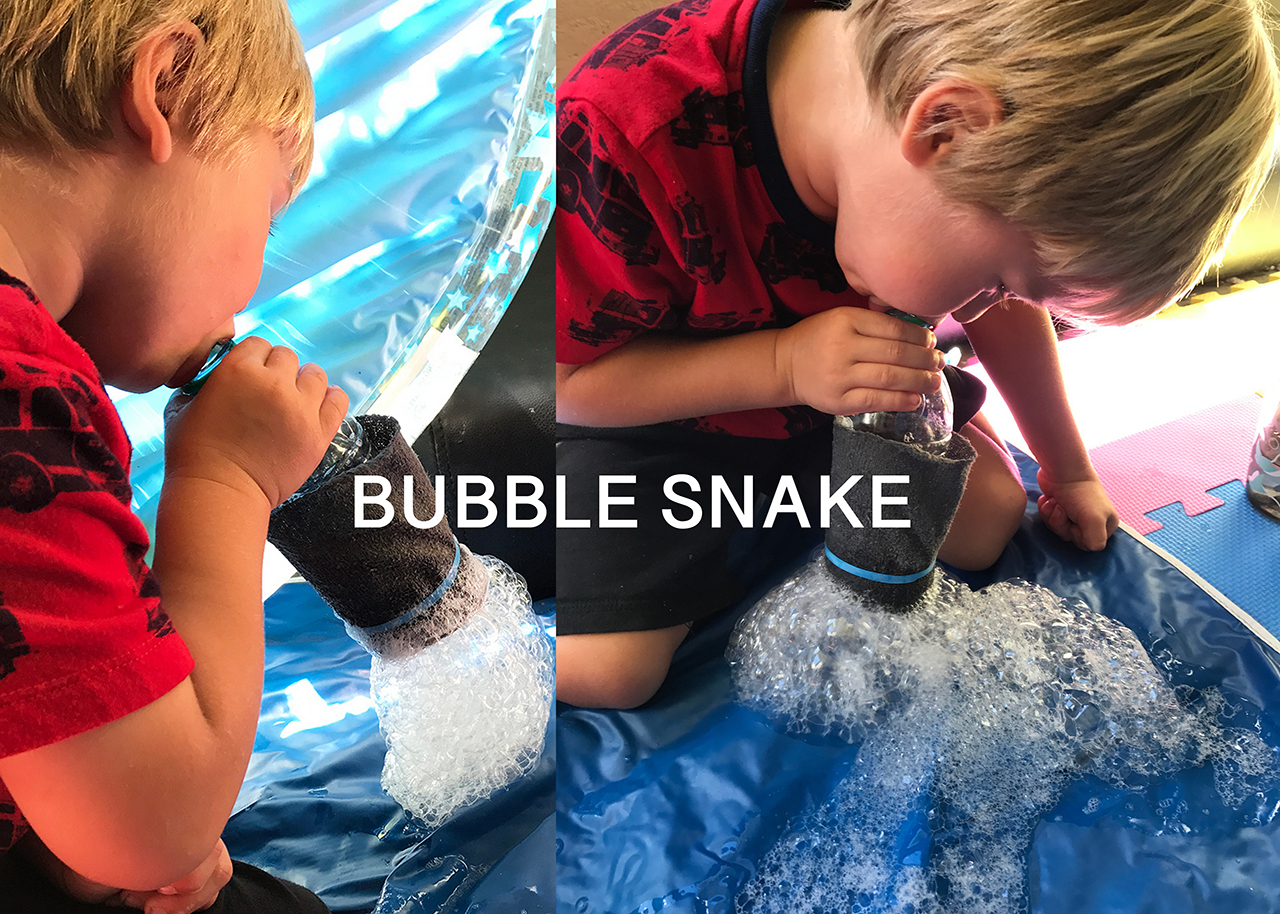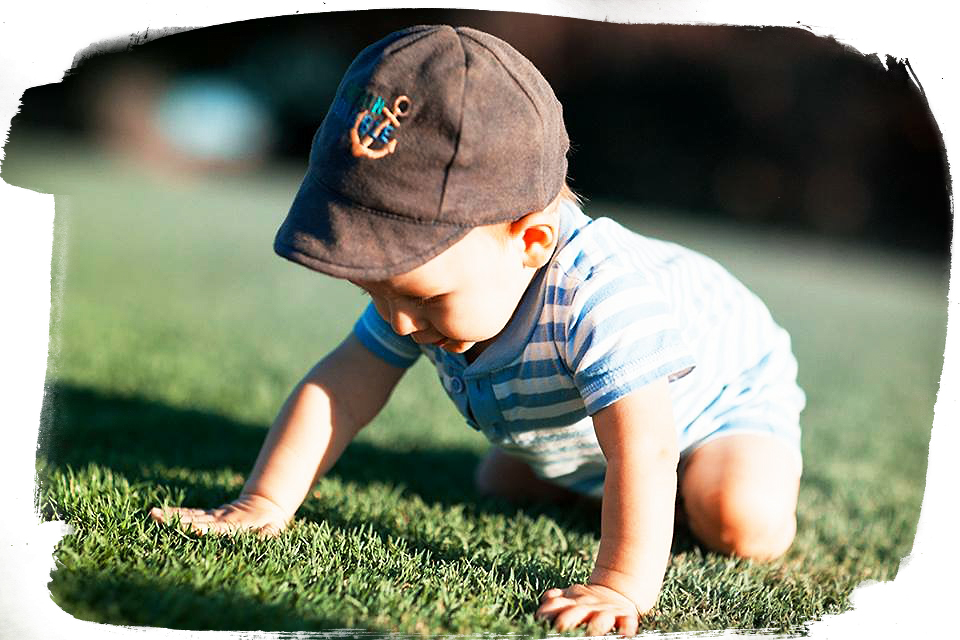Why Your Child Falls Out Of Chairs
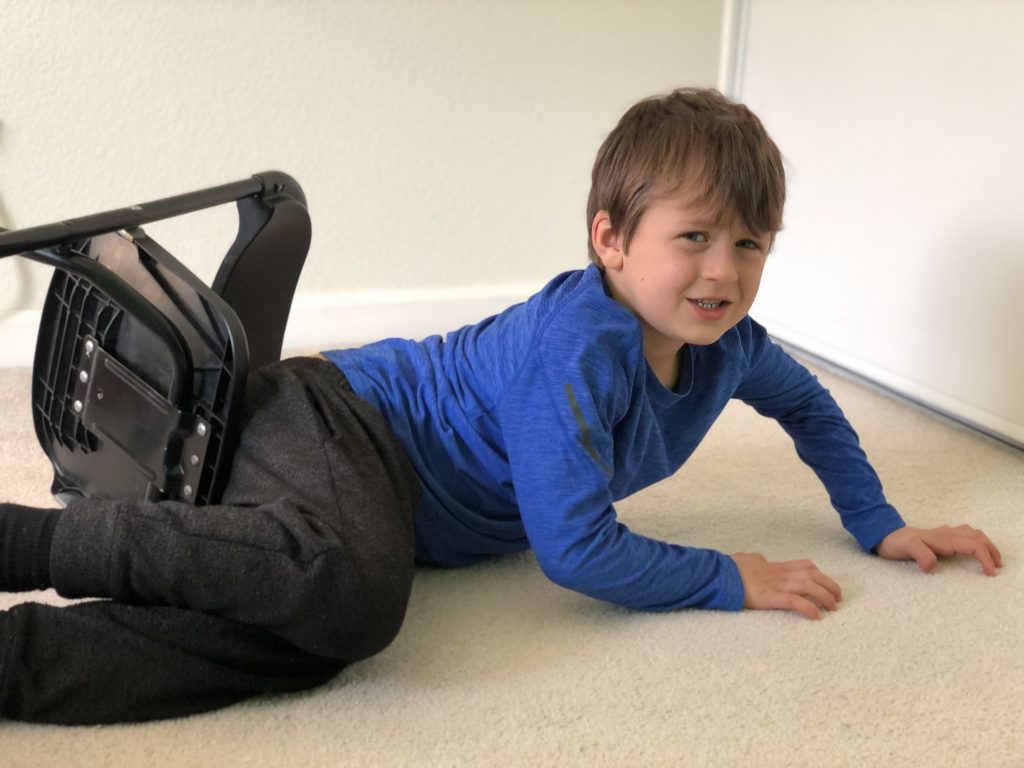
2 min read
Have you ever wondered why your child falls out of their chairs?
Well, there could be number of reasons. These may include:
- Decreased body awareness
- Decreased awareness of body in space
- Poor muscle tone
- Retained primitive reflexes
- Seeking out heavy input
Most of the above reasons relate to how the child processes their sensory information. In particular their Proprioceptive & Vestibular senses.
Proprioceptive Sense
Proprioceptive sense processes joint and muscle action. It allows you to know where all your body parts are and what they are doing without needing to look at them.
Sensations come from muscles, tendons and joints and they receive the information through contraction, stretching and compression.
Challenges in processing the proprioceptive input can result in decreased body awareness. Proprioceptive sensation is also very regulating. Therefore, a child may also have the need to seek out heavy input to regulate their nervous system and to feel more organized.
Vestibular Sense
Vestibular sense processes head position in space. It helps to figure out where you are in space and adjusts your body to maintain balance, equilibrium and to hold you up against gravity.
As a result, challenges in processing the vestibular sense can result in decreased awareness of body in space and poor muscle tone.
Primitive reflexes
Reflexes are normal, involuntary movement patterns that promote motor learning and sensory integration. Primitive reflexes are movement patterns that are present at birth and become integrated before a child reaches 12 months of age.
When these reflexes are not integrated they interfere with a child’s ability to develop an appropriate foundation for stability and mobility.
Recommended Treatment Strategies
How can you help your child who falls out of their chairs?
You have to improve their sensory systems and integration off their retained reflexes. Following strategies are recommended.
- Encourage lots of outdoor play that stimulates the vestibular system. This includes activities that change your child’s head position. For example:
- Rolling down the hills
- Rolling on the floor to chase or knock something down
- Swinging upright or with the head inverted (upside down)
- Sliding down slides
- Dancing
- Spinning games such as ‘Ring around a Rosie’
- Bouncing on balls or hippity -hop ball
- Jumping
- Running
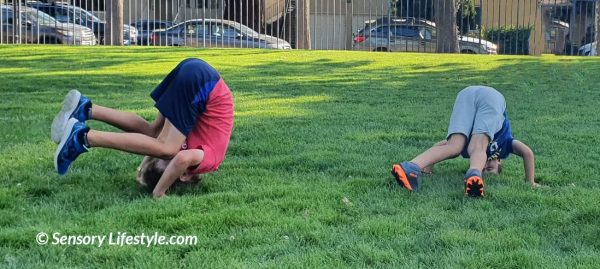
- Incorporate heavy work activities that include pulling, pushing, lifting, carrying and crawling. For example:
- Playing with rocks, sticks
- Animal walks that include crawling
- Pushing over a statue
- Playing tug of war
- Digging in sand or dirt
- Carrying buckets of water around
- Wrestling
- Climbing trees
- Climbing up the slide
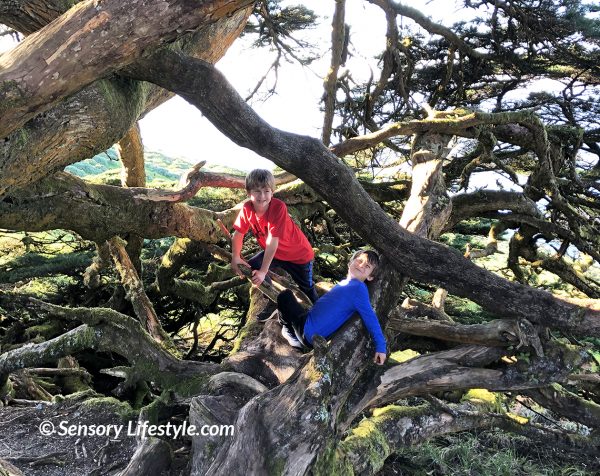
- When sitting in a chair:
- Make sure your child’s feet are touching the floor and knees & hips are at 90 degrees
- Try using a weighted lap pad for extra feedback to the body
In summary, sensory processing, integration of reflexes and proper ergonomics are needed to ensure your child does not fall out of their chairs.
~ Urszula
